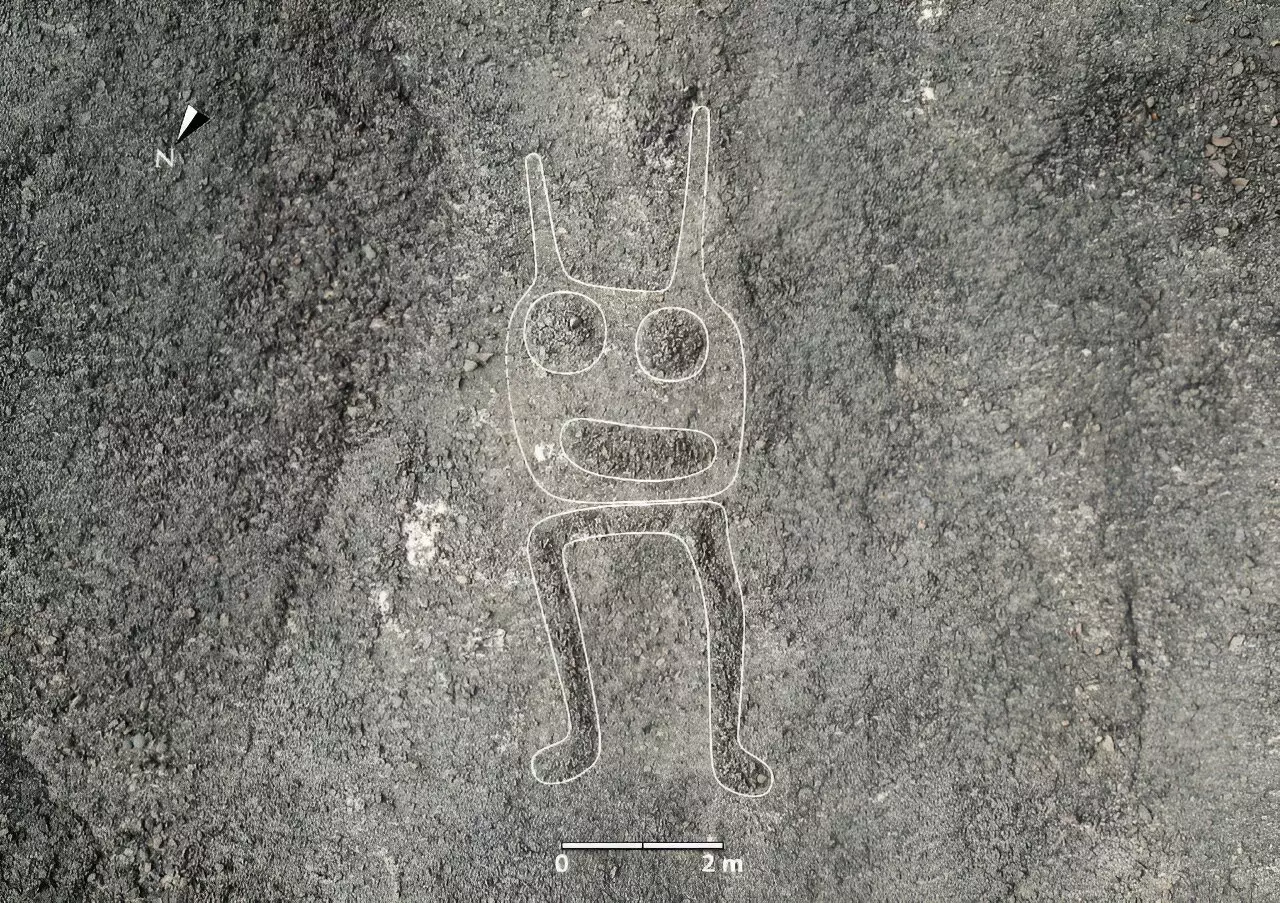The enigmatic Nazca Lines, etched into the arid sands of southern Peru, represent one of the most captivating chapters in archaeological history. These colossal geoglyphs, thought to have been created by a pre-Inca civilization between 200 BC and 700 AD, depict a variety of forms ranging from animals to abstract shapes, and they can primarily be appreciated from the air. The site is a UNESCO World Heritage site and attracts throngs of tourists eager to witness these ancient wonders. The recent application of artificial intelligence (AI) has provided an extraordinary leap forward in our understanding of these structures, significantly enhancing our ability to uncover hidden wonders within this vast desert.
AI: The Game Changer in Geoglyph Research
In a groundbreaking collaboration between Yamagata University and IBM, researchers have discovered 303 new geoglyphs in the Nazca desert, effectively doubling the previously known figures. This innovative study, led by archaeologist Masato Sakai, illustrates the transformative power of AI within the realm of archaeology, allowing for rapid identification and comprehensive mapping of geoglyphs. Traditional methods involved painstaking visual identification from high-resolution aerial images, a process that was not only time-consuming but also fraught with potential oversights. By utilizing AI, the team was able to analyze vast quantities of geospatial data, revealing insights that would have taken decades to uncover through conventional means.
The results of their research, published in the esteemed Proceedings of the National Academy of Sciences, emphasize the efficiency of AI, which enabled the identification of 303 new lines within just six months—a stark contrast to the fifty years it took to discover the first 430 geoglyphs. Among these new finds are intricate linear patterns representing fauna and smaller motifs depicting mythical humanoids and domesticated animals like camelids. This highlights not only the artistic skill of the Nazca civilization but also raises questions about their societal structure and cultural practices.
Despite advances in our ability to map and understand the Nazca Lines, the motivations behind their creation remain enigmatic. Various theories suggest that the lines held astrological or religious significance, serving as ceremonial pathways or markers for astronomical alignments. This mystery only adds to the allure of the site, driving researchers and tourists alike to ponder the purpose of these magnificent creations. Each new discovery adds another layer to our understanding of the Nazca people and their relation to their environment.
The intersection of artificial intelligence and archaeology marks a significant turning point in how we study and understand ancient cultures. The discoveries made in Peru’s Nazca desert serve as a testament to the potential of technological advancements in shedding light on history’s hidden corners. As research progresses, it is likely that AI will continue to unravel mysteries of the past, illustrating that innovations can lead not only to deeper insights but also to profound respect for the ingenuity of ancient civilizations. Through the lens of modern technology, the ancient world becomes increasingly vivid and accessible, opening doors to future explorations that may redefine our knowledge of human history.

